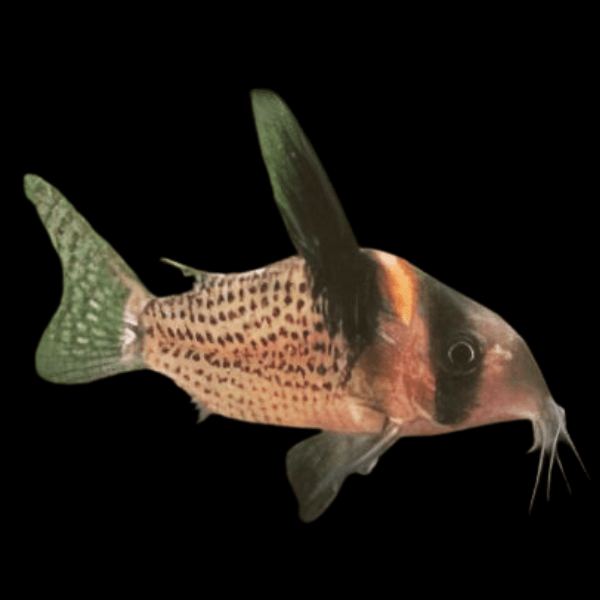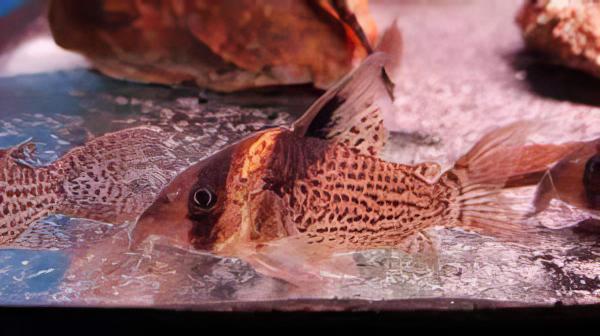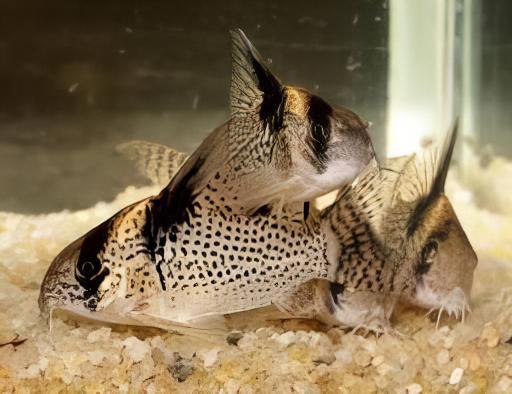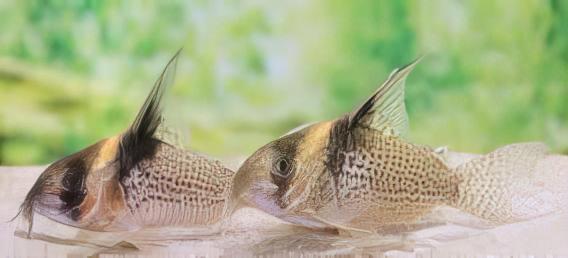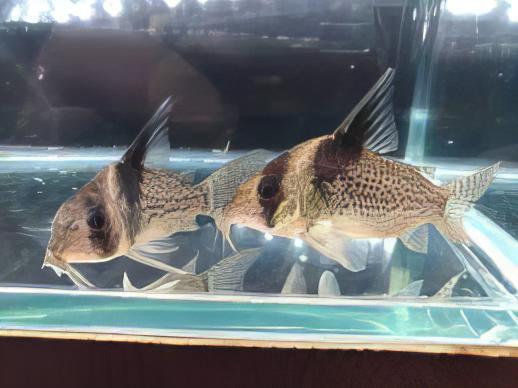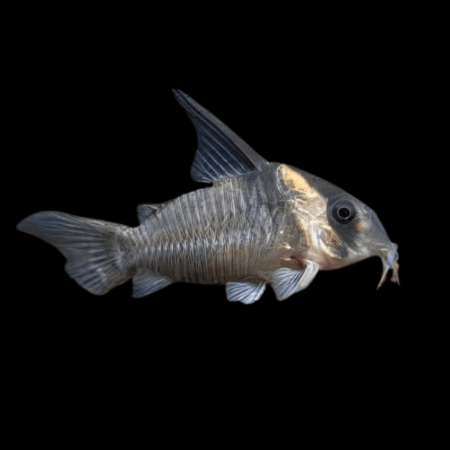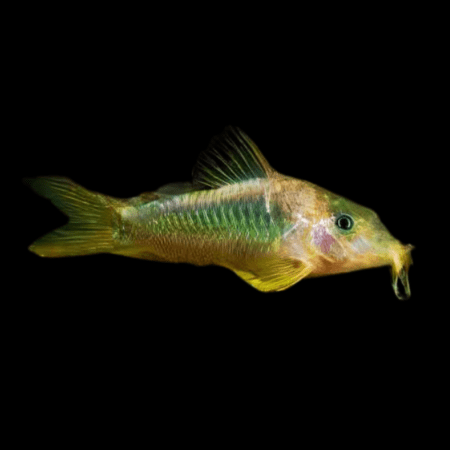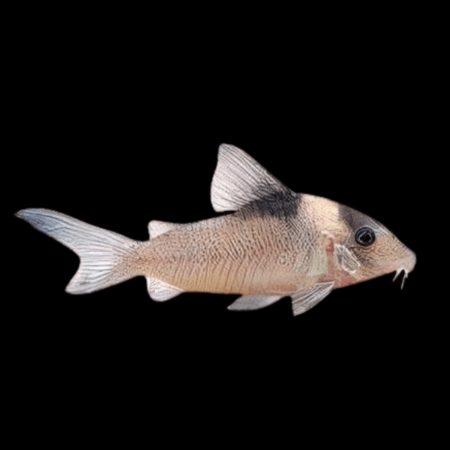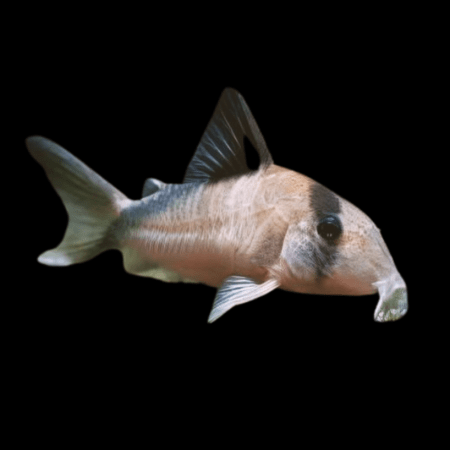Description
Wotroi Corydoras cf Brevirostris 4cm Catfish
Overview
| Synonyms | Corydoras melanistius brevirostris, Corydoras wotroi |
| Distribution | Venezuela: Orinoco basin. Also reported from coastal rivers in Guyana and Suriname |
| Maximum Size | 5cm (2″) |
| Temperature | 15-28°C |
| Water Parameters | Soft & slightly acidic conditions are best long-term. pH: 5.5-7.0, KH: up to 15 degrees. |
| Compatibility | Community |
| Special Requirements | Keep in groups |
| Sexual Dimorphism | Females are significantly larger and appear wider when viewed from above. Males are slimmer and often have an extended dorsal fin. |
| Feeding | Catfish pellets, granules, flake and frozen foods |
Description
Care
Like all of its kin, this fish is best kept on a soft sand substrate where it can root around and forage without risk to its barbels which can be damaged by abrasion and bacterial infections from the accumulated waste that often builds up in coarse gravel. Filtration should be efficient with areas of moderate water movement and a decent level of oxygenation. Regular maintenance, including frequent partial water changes, should be carried out in order to keep these fish in good condition. Provide plenty of shady areas amongst driftwood, rocks, and areas of dense planting. As a social species, they should be kept in groups of 5 or more.
These are perfect community fishes and other peaceful species such as some of the smaller pencilfish, tetra, and rasboras make ideal tankmates, and their presence as “˜dither fish”™ in midwater will encourage the Corydoras out into view more often. These fish have the ability to breathe air intestinally, so a small gap should be left between the surface of the water and the cover slides in order for the fish to come up to the surface and take air in. They may do this numerous times per day, depending on temperature and oxygen levels.
Despite being a synonym, the name Wotroi is widely used in the trade although this is one of a number of species that may also be misidentified as melanistius – a rare import which can be distinguished by a lack of markings on the tail.
Breeding
Mature pairs can be triggered into spawning by performing a large, slightly cooler water change. The pair will adopt the classic “T position” where the male fertilises the eggs that are held between the females pelvic fins. The adhesive eggs will then be deposited onto plants, decor, or the sides of the aquarium etc and the process repeated. The eggs generally take 3-4 days to hatch after which time the tiny fry should be offered finely powdered first foods. A few days later they will be able to take newly hatched brineshrimp. To avoid predation and ensure a higher success rate, many fishkeepers move the parents to another aquarium after the eggs have all been deposited.
